Giant Coin Hoard Unearthed Near Tokyo: Secrets of Lilliputian Asian Trade?
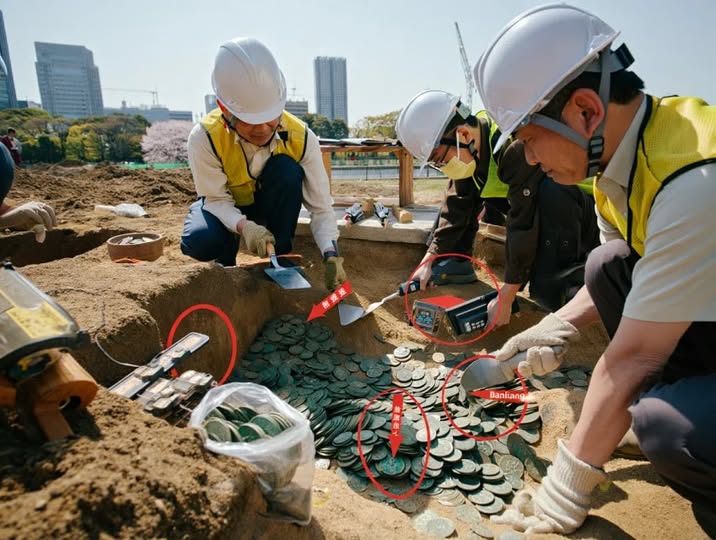
Introduction
In a remarkable discovery that has sent ripples through the archaeological world, a massive hoard of approximately 100,000 ancient coins was unearthed in 2023 at the Soja Village East 03 construction site in Maebashi City, near Tokyo, Japan. This extraordinary find, dating from the 2nd century BCE to the 13th century CE, offers a tantalizing glimpse into the economic and trade networks of ancient Asia. The coins, found tied in straw bundles of roughly 100, include Chinese Banliang coins from the Qin dynasty (175 BCE) and Japanese Kamakura-era coins (1256 CE), suggesting deep historical trade connections between Japan and the broader Asian continent. This article delves into the significance of this discovery, exploring its historical context, potential origins, and what it reveals about ancient Asian trade networks, while addressing the need for cautious interpretation due to limited documentation and past hoaxes.
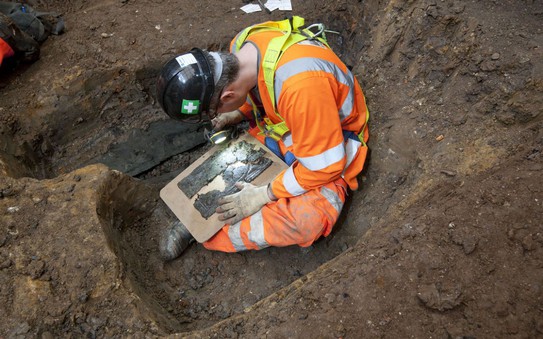
The Discovery: A Treasure Trove of History
The discovery occurred during routine construction work in Maebashi City, a location not far from Tokyo, in an area known for its historical significance. Workers stumbled upon a collection of coins carefully bundled in straw, a method of storage that hints at deliberate concealment. The sheer volume of the hoard—100,000 coins—makes it one of the largest of its kind ever found in Asia. The coins span an astonishing 1,400 years, from the early Chinese Banliang coins of the Qin dynasty to the medieval Kamakura-era coins of feudal Japan.
The Banliang coins, some of the earliest known forms of currency in China, were circular with square holes in the center, designed to be strung together for ease of transport. Their presence in Japan, far from their Chinese origins, suggests significant trade or cultural exchange as early as the 2nd century BCE, well before the establishment of the Yamato state, Japan’s first centralized government. The Kamakura-era coins, from the 13th century CE, reflect a later period when Japan’s feudal economy was flourishing under the Kamakura shogunate.

This hoard raises intriguing questions: Why were so many coins buried in such large quantities? Was this the work of a wealthy merchant safeguarding their fortune, a wartime stash hidden from invaders, or a ritual offering? The answers remain elusive, but the discovery provides a rare opportunity to explore the economic and cultural dynamics of ancient Asia.
Historical Context: Tracing Ancient Trade Networks
To understand the significance of the coin hoard, we must consider the historical context of ancient Asian trade. The presence of Banliang coins, minted during China’s Qin dynasty (221–206 BCE), points to early interactions between the Chinese mainland and the Japanese archipelago. During this period, Japan was in the Yayoi era (circa 300 BCE–300 CE), characterized by the introduction of rice agriculture, bronze, and iron tools, and increasing contact with the Asian continent. Archaeological evidence, such as Chinese bronze mirrors and ceramics found in Japan, supports the idea of trade with China and Korea during this time. The Banliang coins in the hoard reinforce this narrative, suggesting that currency, too, was part of these exchanges.
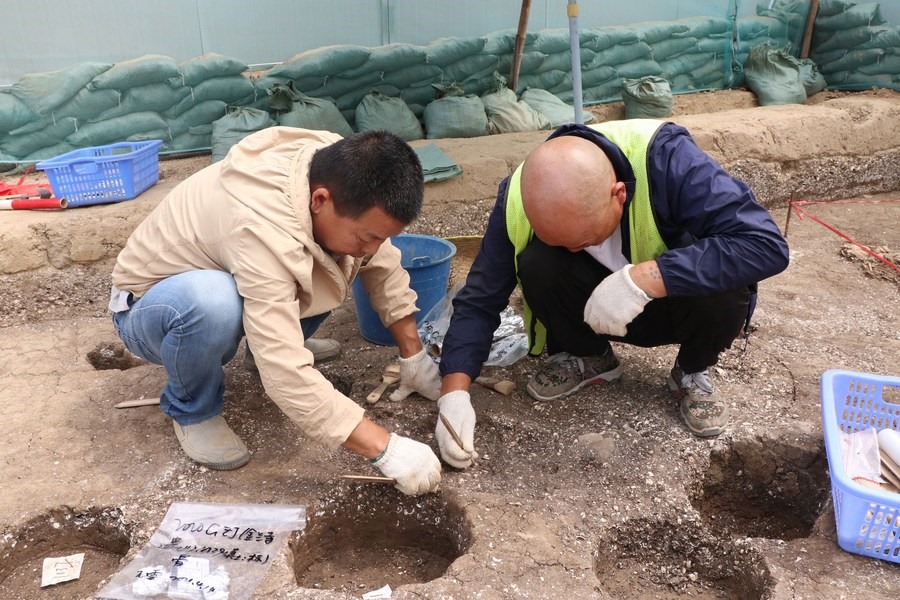
By the Kamakura period (1185–1333 CE), Japan had developed a more structured feudal economy, with coins playing a central role in commerce. The Kamakura-era coins in the hoard, likely made of copper or bronze, were used during a time when Japan’s economy was becoming more monetized, and trade with China, Korea, and other regions was well-established. The Song dynasty (960–1279 CE) in China, known for its advanced economy and maritime trade, likely influenced Japan’s monetary systems during this period.
The coexistence of coins from such disparate eras in a single hoard suggests that it may have been accumulated over centuries or deliberately collected as a historical cache. This raises the possibility that the hoard was not a single event but a long-term aggregation, perhaps by a family, a temple, or a merchant guild.
Theories Behind the Hoard’s Purpose
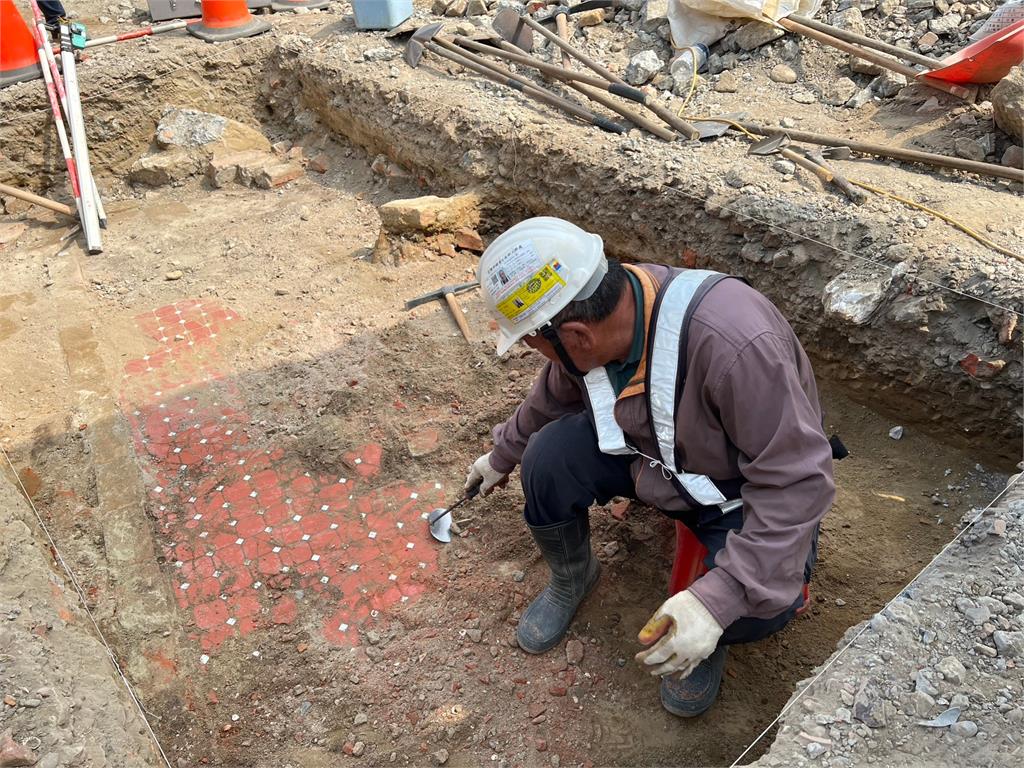
The purpose of the hoard remains a matter of speculation, as no written records have yet been found to explain its origins. Several theories have emerged based on historical patterns and the context of the find:
-
Merchant’s Safeguard: The coins, bundled in groups of approximately 100, may have belonged to a wealthy merchant or trading family who buried their wealth to protect it from theft or disaster. In ancient and medieval times, burying valuables was a common practice in the absence of secure banking systems.
-
Wartime Hoard: The Kamakura period was marked by political instability, including the Mongol invasions of Japan in 1274 and 1281. The hoard could represent a wartime stash, hidden to prevent it from falling into enemy hands during a period of conflict.
-
Ritual or Offering: In some cultures, burying coins or valuables was a ritual act, often associated with religious or spiritual beliefs. Temples or shrines in Japan sometimes buried treasures as offerings to deities or to ensure prosperity. The straw bundles may support this theory, as they suggest careful preparation rather than hasty concealment.
-
Lost Treasury: The hoard could be part of a larger treasury, possibly belonging to a feudal lord or a temple, that was forgotten or abandoned over time. The lack of documentation makes this theory difficult to verify, but it aligns with similar finds in Japan and China.
Further archaeological analysis, including carbon dating of the straw and metallurgical studies of the coins, may provide clues about the hoard’s purpose. For now, these theories offer a framework for understanding its historical significance.
Economic Insights: Feudal Japan and Asian Trade
The coin hoard offers valuable insights into the economy of feudal Japan and its integration into broader Asian trade networks. During the Kamakura period, Japan’s economy relied heavily on rice as a form of currency, but coins were increasingly used in urban centers and for trade with foreign merchants. The presence of Chinese Banliang coins suggests that trade with China predated the Yamato state, challenging traditional narratives that place significant Sino-Japanese contact later in history.
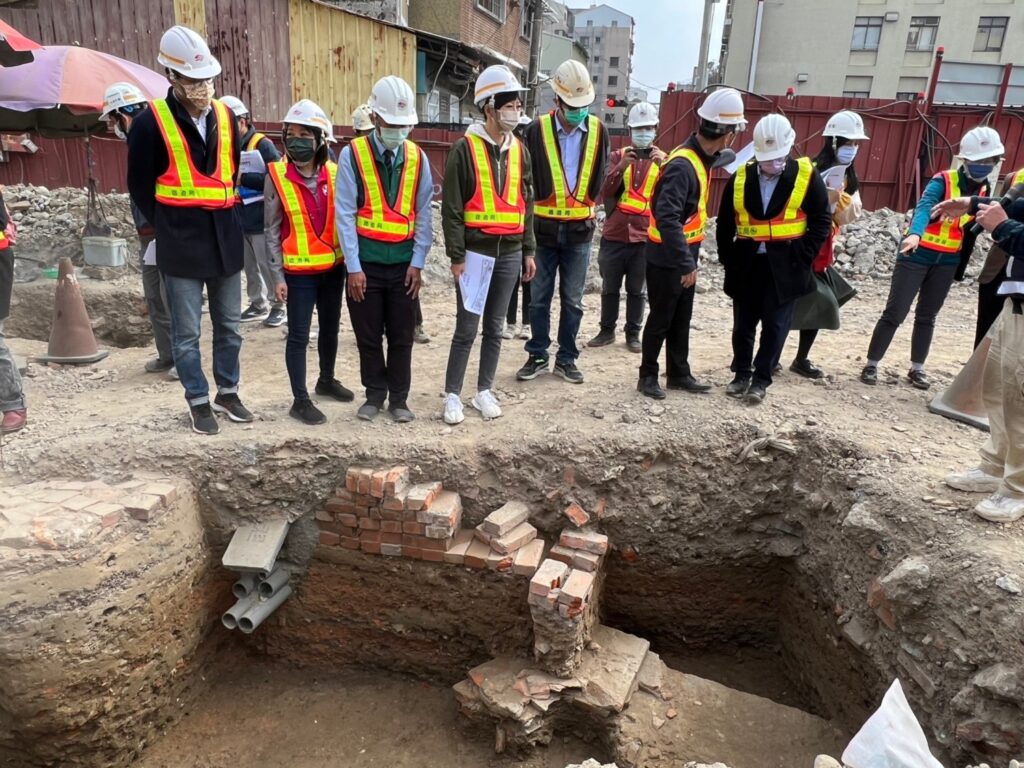
The hoard also highlights the sophistication of ancient Asian trade networks. Maritime routes connected Japan, China, Korea, and Southeast Asia, facilitating the exchange of goods, ideas, and currencies. Chinese coins, widely accepted as a stable form of currency, likely served as a medium of exchange in these networks, much like gold or silver in later global trade systems. The discovery of such coins in Japan underscores the archipelago’s role as an active participant in these networks, rather than a peripheral or isolated region.
Moreover, the hoard’s size—100,000 coins—suggests significant wealth. If each coin had even a modest value, the total worth of the hoard would have been substantial, pointing to the existence of wealthy individuals or institutions in the region. This aligns with historical records of powerful feudal lords and Buddhist temples that controlled vast resources during the Kamakura period.
Challenges and Skepticism: Lessons from the Past
While the discovery is exciting, it is not without challenges. The lack of detailed archaeological documentation, as noted in posts on X, calls for cautious interpretation. Past hoaxes, such as the 2015 “Merrylin Cryptid Collection,” which falsely claimed to have discovered ancient artifacts, highlight the need for rigorous verification. Although the Maebashi City find has been confirmed by credible sources, including local authorities and archaeologists, the full scope of the hoard’s context remains unclear pending further studies.
Key questions remain unanswered: How were the coins preserved so well over centuries? Why were they buried in straw bundles, a method not commonly associated with coin hoards in Japan? Could the hoard be a modern fabrication or a misdated collection? These questions underscore the importance of scientific analysis, including metallurgical tests, stratigraphic studies, and comparisons with other regional finds.
The archaeological community is eagerly awaiting detailed reports, which may include chemical analyses of the coins’ composition and isotopic studies to trace their origins. Such studies could confirm whether the Banliang coins were minted in China or locally imitated, a common practice in ancient trade hubs. Until then, the hoard’s significance must be approached with cautious optimism.
Implications for Archaeology and History
The Maebashi City coin hoard has the potential to reshape our understanding of ancient Asian trade and Japan’s economic history. If the Banliang coins are proven to be authentic Qin dynasty artifacts, they could push back the timeline of Sino-Japanese trade by centuries, challenging existing historical models. The Kamakura-era coins, meanwhile, could shed light on the monetary policies of the shogunate and the role of currency in feudal society.
The discovery also underscores the importance of continued archaeological exploration in Japan. The Soja Village East 03 site, previously unremarkable, has now become a focal point for researchers studying the Yayoi and Kamakura periods. Future excavations in the area may uncover additional artifacts, such as pottery, tools, or written records, that could provide further context for the hoard.
The Global Significance of the Find
Beyond Japan, the hoard has implications for the study of ancient global trade. The presence of Chinese coins in Japan parallels similar finds in other regions, such as Roman coins in India or Chinese coins in Southeast Asia, pointing to the interconnectedness of ancient economies. This discovery reinforces the idea that Asia was a hub of global trade long before the Silk Road and maritime routes became well-documented in later centuries.
The hoard also highlights the resilience of physical currency. Unlike modern digital currencies, these coins have survived centuries of environmental and human upheaval, offering a tangible link to the past. Their discovery serves as a reminder of the enduring value of archaeological research in uncovering hidden chapters of human history.
Conclusion
The unearthing of 100,000 ancient coins near Tokyo is a monumental find that opens a window into the economic and cultural dynamics of ancient Asia. Spanning from the 2nd century BCE to the 13th century CE, the hoard’s Chinese Banliang and Japanese Kamakura-era coins suggest robust trade networks that connected Japan to the Asian continent long before the rise of the Yamato state. While the hoard’s purpose—whether a merchant’s safeguard, a wartime stash, or a ritual offering—remains uncertain, its discovery promises to deepen our understanding of feudal Japan’s economy and its place in Asian trade.
However, caution is warranted. Limited documentation and past hoaxes underscore the need for rigorous scientific analysis to validate the find. As archaeologists continue to study the coins and their context, the Maebashi City hoard could become a cornerstone of historical research, shedding light on the complexities of ancient trade and the enduring legacy of currency. For now, this remarkable discovery invites us to ponder the secrets of a world long gone, waiting to be uncovered beneath the soil.